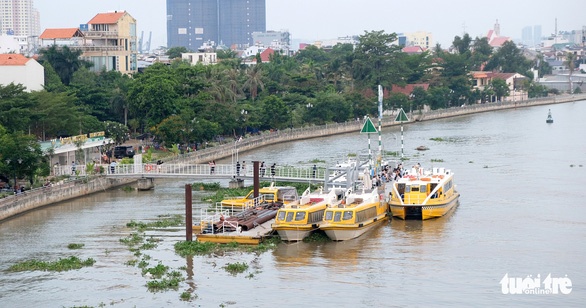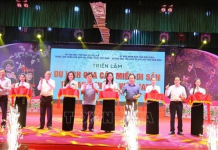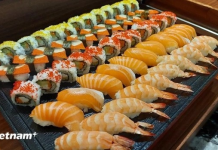The story is written by Nathan Thomas Lauer in response to the ‘Saigon River Development Plan’ contest, an open forum for readers to share their ideas and propose solutions for the development of the Saigon River and surrounding urban areas in Ho Chi Minh City.
The contest is jointly organized by Tuoi Tre newspaper, on the occasion of this year’s Reunification Day on April 30th.
The Saigon River holds great significance in the rich history of Ho Chi Minh City. As a tributary of the Dong Nai River, it spans an impressive total length of 256km. Within the bustling southern metropolis, the river gracefully flows for approximately 80km.
The mesmerizing panorama on either side of the river can be likened to a kaleidoscope, offering a glimpse into the evolving lifestyles of the inhabitants residing on both banks, from the vibrant Chinese community in Cho Lon to the diverse townsfolk in the surrounding districts. Spanning a width of 225 to 370 meters, with depths reaching up to 20 meters, and encompassing a vast basin area exceeding 5,000 square kilometers.
The Saigon River: A Plan for Revitalization
The Saigon River holds immense historical and cultural significance, yet it is currently facing neglect and underutilization in terms of economic potential, especially in the tourism sector. To address this issue, I propose a comprehensive three-stage plan to revitalize the Saigon River and leverage its untapped potential.
Stage 1 (near term): Yacht Racing Tournament
As I pondered the expansive nature of the Saigon River, it dawned on me how well-suited it is to host grandiose events. This notion instantly brought to mind the remarkable New York SailGP held on the illustrious Hudson River in 2019.
SailGP is a prestigious international sailing competition that showcases high-performance F50 foiling catamarans. Throughout the season, teams from various countries compete in multiple grands prix events held in different locations across the globe.
The SailGP Championship consists of a dynamic series of eight events hosted globally throughout the season. Each event encompasses various races, captivating spectators from around the world. If Ho Chi Minh City is chosen as one of the esteemed host cities for this prestigious tournament, it has the potential to enthrall a plethora of international and domestic tourists, while effectively harnessing long-term infrastructure investments. In addition, this momentous opportunity would generate employment opportunities and significantly enhance the city’s reputation on a global scale.
Stage 2 (medium term): Enhancing and improving Saigon River tourism.
The primary objectives of the short-term campaign, known as the Yacht Racing Tournament, are to generate awareness for the river and enhance the associated infrastructure. By achieving these goals, it is anticipated that there will be a positive ripple effect, driving continued economic gains from the river. Moreover, the existing tourism services and attractions will be motivated by financial incentives and competition, leading to their own enhancements and improvements.
After the necessary landscape and infrastructure enhancements are completed for the yacht racing event, the Saigon River will witness the emergence of new services and attractions aimed at leveraging its inherent value. This development will be driven by a combination of local businesses seizing opportunities, as well as corporate or government sponsorship.
The prospects for development are vast, ranging from service facilities along the riverfront to parks, marinas, and beyond. The organic growth of the Saigon River’s economy is expected to occur naturally, with minimal need for direct planning. However, government oversight will play a crucial role in ensuring the quality of these developments. The tournament and its associated enhancements will create an opportunity vacuum, allowing for independent and incidental growth in response.
Stage 3 (long term): Development of a centralized and permanent waterfront attraction
In order to sustain long-term interest and promote the Saigon River as a thriving tourist attraction, it is crucial to incorporate a third element alongside Stages 1 and 2. This necessary component, referred to as an ‘anchor’, should possess the qualities of permanence, family-friendliness, and constant activity. Additionally, it should serve as a central hub enabling tourists to conveniently access the diverse range of services and attractions facilitated or established by Stages 1 and 2.
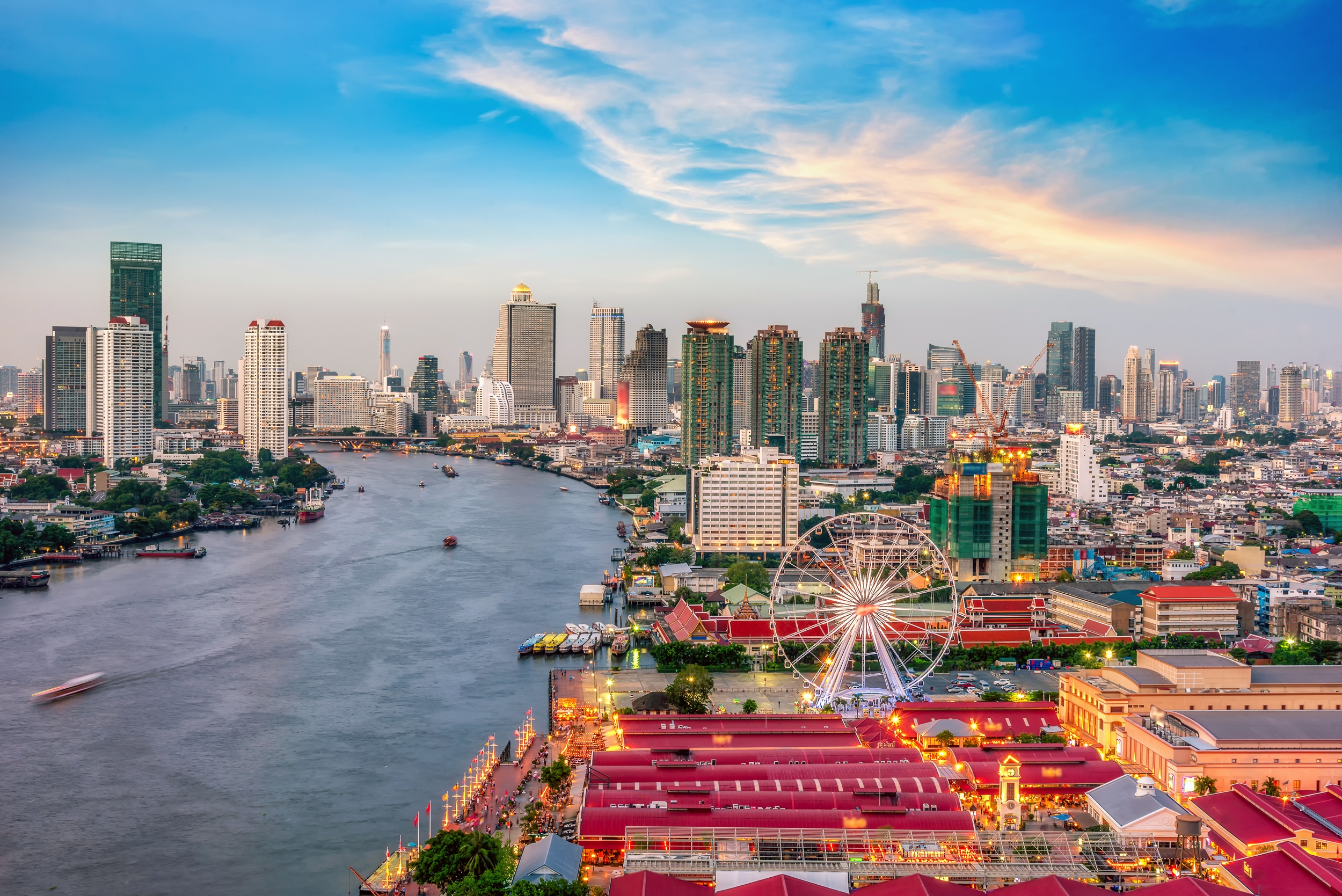 |
| This image shows Asiatique: The Riverfront, an open air night market in Bangkok, Thailand. |
A hybrid approach that incorporates elements from both Bangkok and San Francisco is the ideal solution for the Saigon River. A boardwalk design that extends from the riverbanks offers the most favorable outcome.
The Water Bus Station area boasts an ideal location, conveniently situated near Thanh Da Peninsula and easily accessible from other popular tourist destinations. This prime positioning allows it to leverage existing infrastructure and provide a seamless experience for visitors.
San Francisco’s Pier 39, commonly referred to as “Fisherman’s Wharf,” is a prominent tourist destination in the city. Located on a spacious wooden pier, it offers a range of entertainment options, restaurants, and even museums.
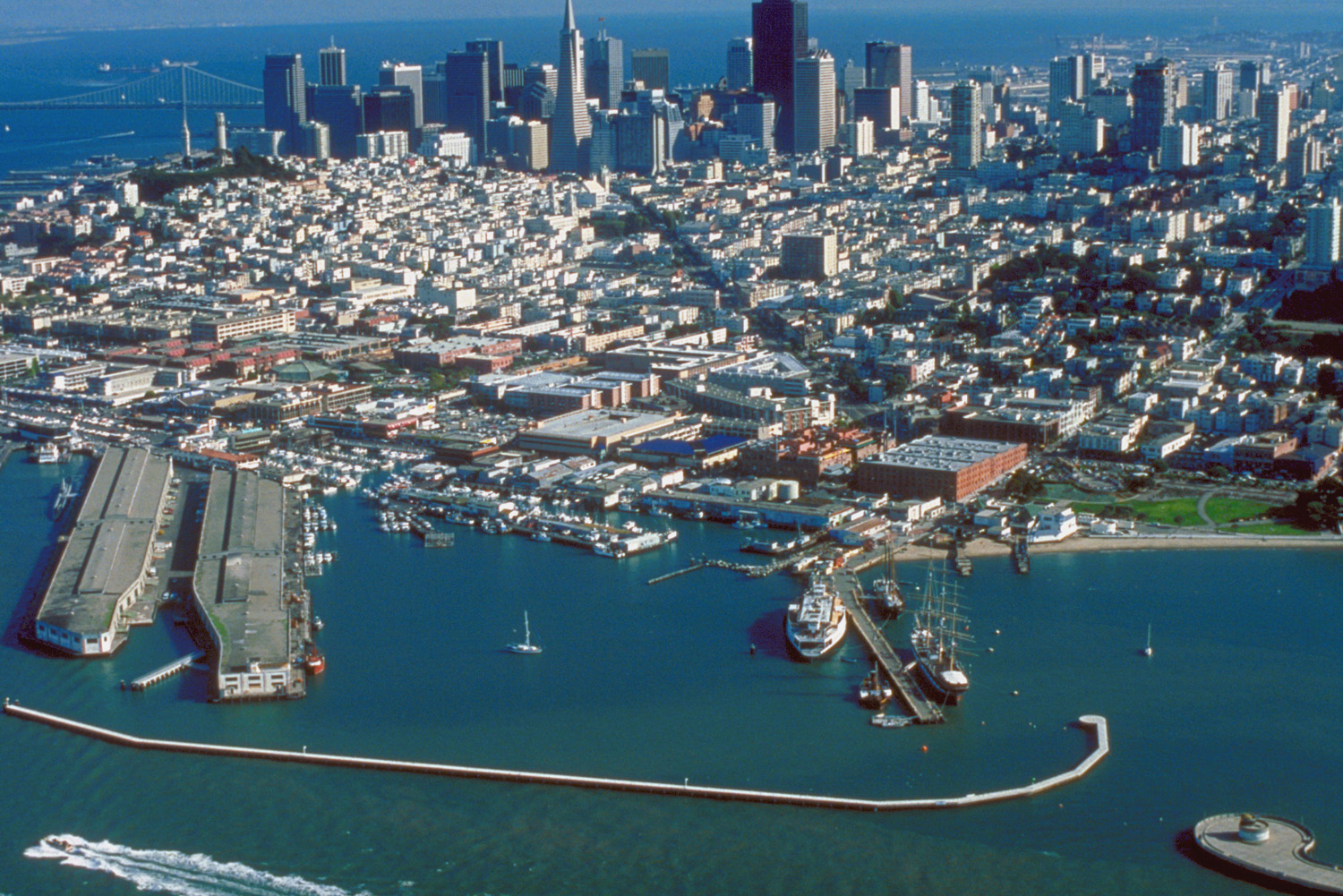 |
| This supplied photo shows Fisherman’s Wharf in San Francisco. |
Located in the vibrant city of Bangkok, visitors can find Asiatique: The Riverfront, an exhilarating open-air night market. Drawing inspiration from this successful concept, our vision is to introduce Saigon River Walk and Night Market in the bustling city of Saigon. This exceptional destination will be a delightful combination of shopping and entertainment, catering to the needs of families and offering an enticing evening experience for adults of all tastes.
The proposed development is envisioned to serve as the main focal point and prominent landmark along the Saigon River, captivating tourists and residents alike to explore the scenic Thanh Da Peninsula and other tourism destinations affiliated with the river.
The development of such an attraction would not only enhance the city’s tourism industry but also contribute significantly to its revenue stream. Apart from the income generated by the Yacht Racing Tournament, the presence of souvenirs, shopping opportunities, and other attractions along the Saigon River would further boost Ho Chi Minh City’s financial gains. Based on conservative estimates, the city could anticipate an annual tourism income increase of over US$158 million. This includes approximately $81 million from international tourists and $77.5 million from domestic travelers, considering the tourism figures of 18 million foreign visitors and 32.77 million local visitors in 2019.
According to our analysis, it is projected that there will be a 10 percent increase in visitor numbers or extended stays in Ho Chi Minh City due to activities at the Saigon River. Additionally, foreigners are expected to spend approximately $45 per day on food and accommodation, while domestic visitors are estimated to spend $23 per day on the same.
Stay up-to-date with the latest news about Vietnam by liking us on Facebook or following us on Twitter!

